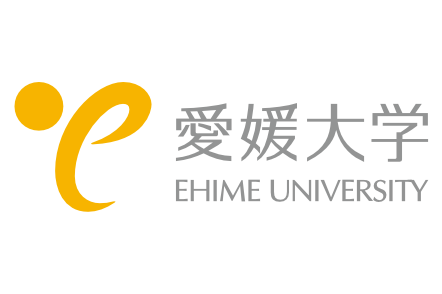The present technology suggests flaw imaging by phased array ultrasonic testing using the FSAP technique. The FSAP technique (Full-waveforms sampling and processing) is a post-processing beam-forming technique that utilizes a complete set of signals of all combinations of transmission and reception elements of an array probe. After acquiring all the waveforms, flaw reconstruction is carried out in massively parallel computation with GPGPU (General-purpose computing on graphics processing units). Currently, the present technology is being applied to asphalt structures, which are often considered difficult in ultrasonic inspection for infrastructure. In the verification using a specimen covered with asphalt, the shapes and locations of slits (cavities) of the top layer and base layer were reconstructed in the FSAP images. The present technology enables non-destructive inspection of cracks or defects which cannot be seen on the surface of pavements but exist in the pavement or below the pavement layer.
In the maintenance of pavement, conventional non-destructive inspection is challenging in terms of inside crack/defect evaluation, and it is difficult to identify pavement deterioration quantitatively. Practically, flaws in national highways and interstate are repaired when the damage rises to the ground surface. The technology in question enables identifying the size and location of the damage by transmitting ultra-low frequency elastic waves to the ground. Generally, we have to penetrate the wave in a deeper area; therefore, a high amplitude wave in a low-frequency range is required to inspect such infrastructure. The proposed technology excites high-amplitude ultrasonic waves from the array probe, leading to high signal-noise ratio imaging. The present technology enables precise inspection for the infrastructure without consuming time and cost.
N/A
- Non-destructive inspection of concreate and asphalt pavements
- Non-destructive inspection of infrastructures and industrial plants
- Geographical exploration
Takuya YAMAKAWA







